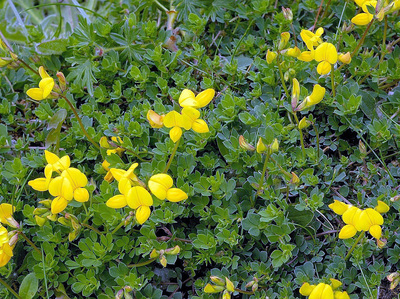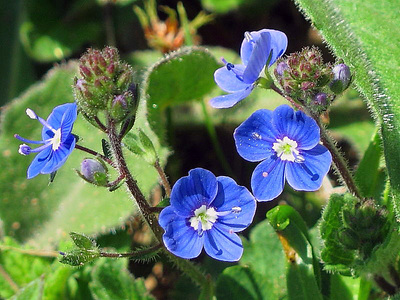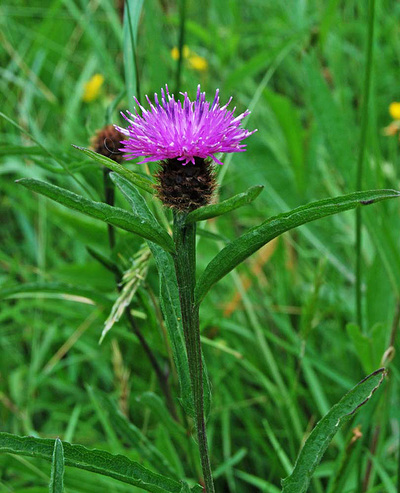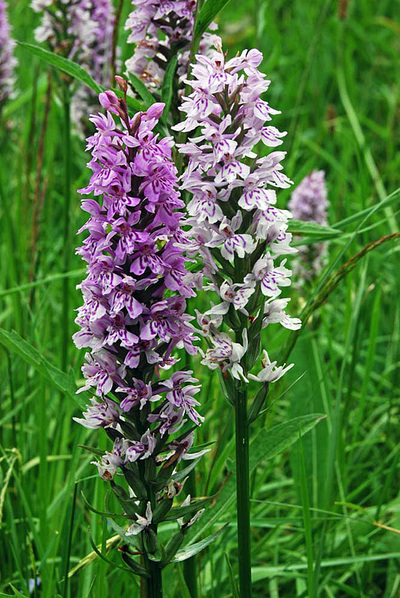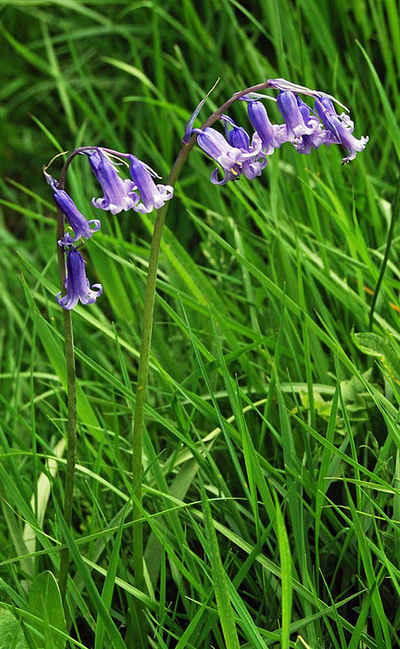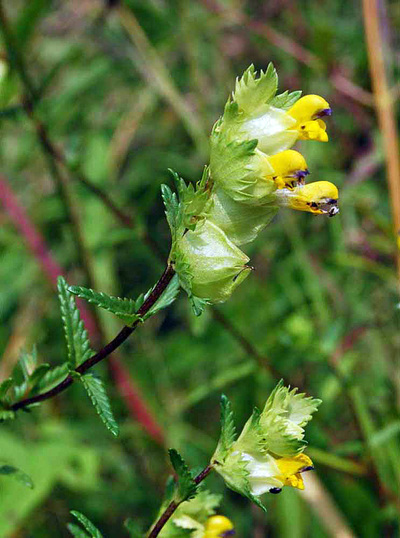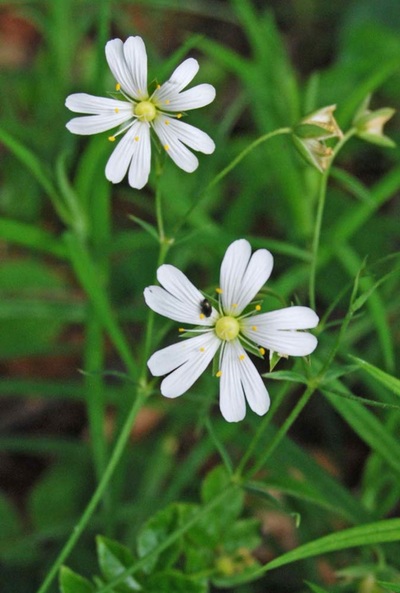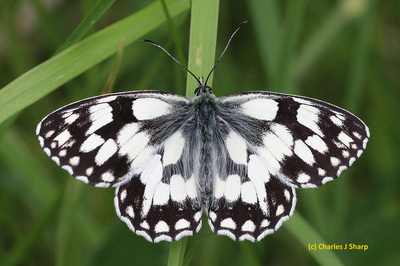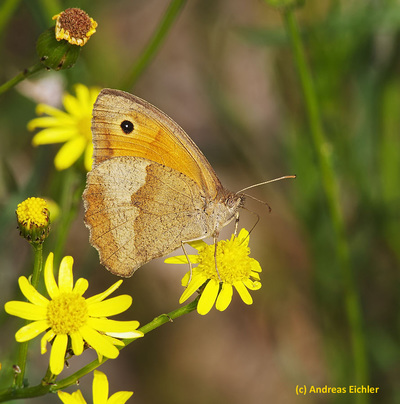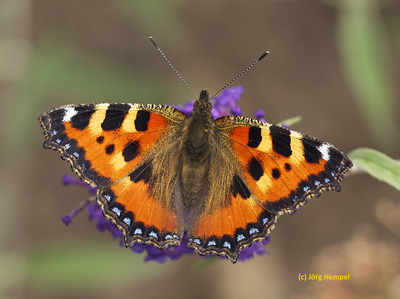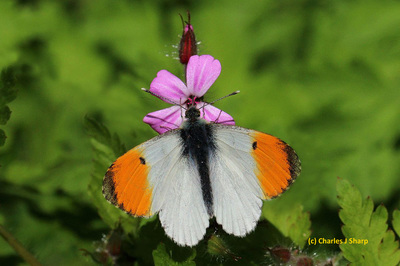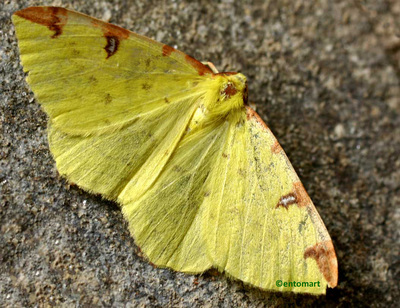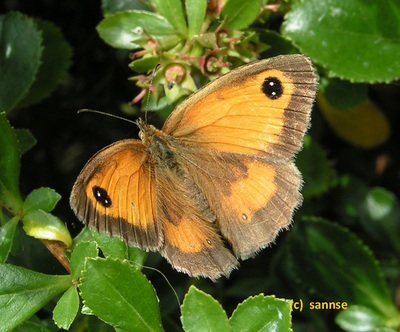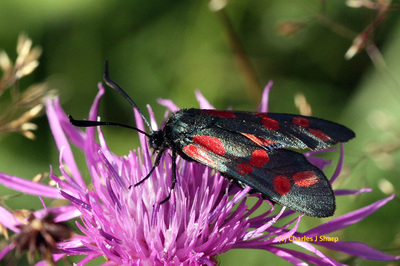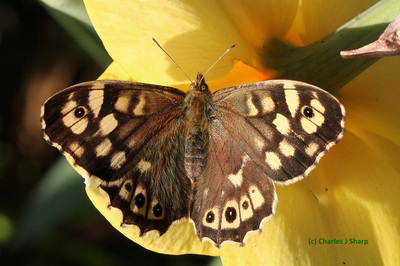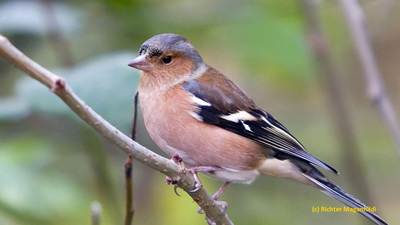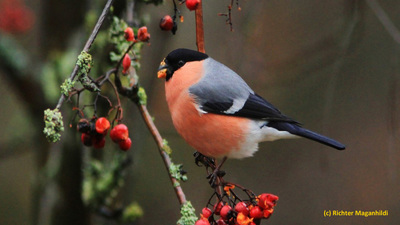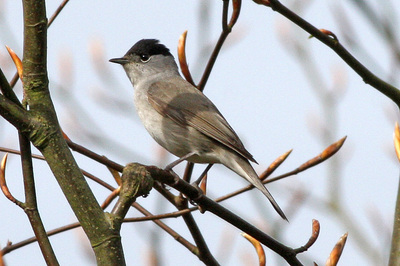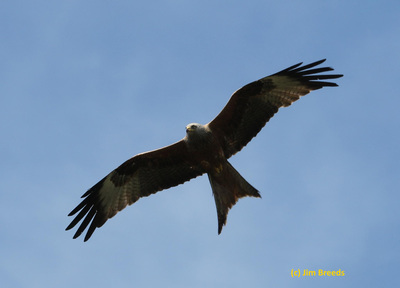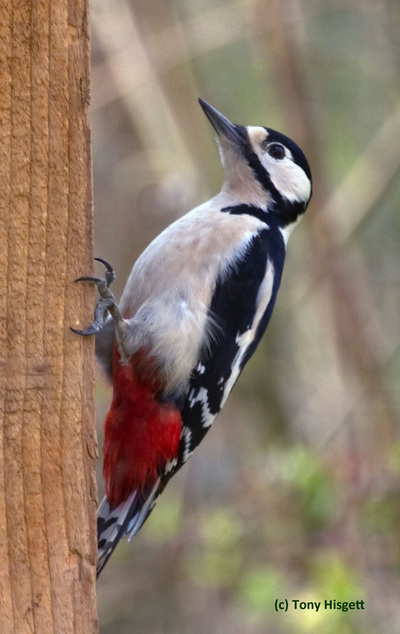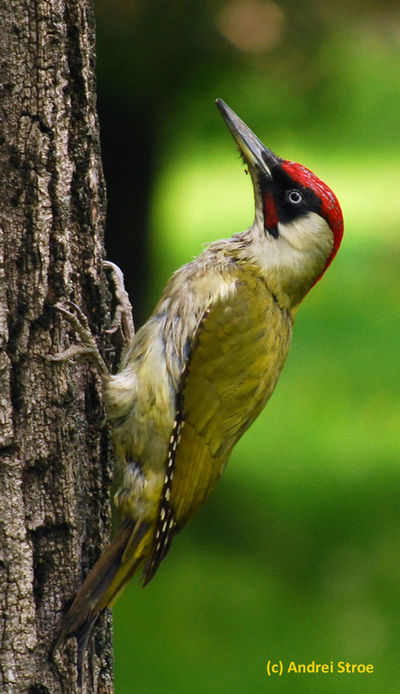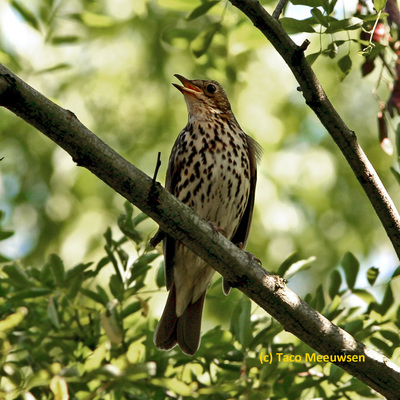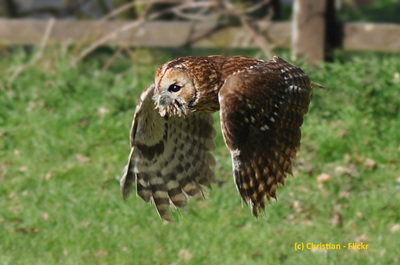The MeadowThe meadow is home to a wide range of wild flowers and the beasts and bugs who feed on them (and each other!). We hope you'll be able to spot some of these in the Spring and Summer months. However, we must ask you to avoid walking on the meadow from May to September to conserve the unique grassland habitat.
|
The Grassland
Browse through our gallery of wildflowers and see what you can find in the Park.
This type of meadow, once commonplace, has declined by 90% since the 1930s and is now rare in England. It has lots of different types of plants and supports rich insect life, particularly the endangered British bee population.
The meadow must be cut late summer, the grass left for a few days to drop its seeds and then the hay is raked up. This ensures the soil remains unfertilised. The resulting particular set of wildfl owers is known as MG5 Grassland or ‘Old Meadow’ and is typifii ed by Common knapweed, Bird’s-foot-trefoil, Red Fescue and Pignut. The woodland and especially bramble has a tendency to encroach on the meadow so will be kept in check regularly.
The meadow must be cut late summer, the grass left for a few days to drop its seeds and then the hay is raked up. This ensures the soil remains unfertilised. The resulting particular set of wildfl owers is known as MG5 Grassland or ‘Old Meadow’ and is typifii ed by Common knapweed, Bird’s-foot-trefoil, Red Fescue and Pignut. The woodland and especially bramble has a tendency to encroach on the meadow so will be kept in check regularly.
Butterflies, Moths and Ants
Browse through our gallery of butterflies and moths and then see what you can spot in the Park.
At certain times of the year you can see mounds in the meadow which can be over 30 cm high. They are ant hills which have been left undisturbed for decades. They are favourites of green woodpeckers who love to eat the ants and various blue butterfl
ies whose larvae are protected by the ants inside the ant hills.
Many of the country’s rarer butterfl ies are now confi ned to tiny island-like nature reserves in parks just like ours.
All of the butterfl ies pictured here have been spotted in the Park but it will depend on the time of year and good eyesight. During warmer months look out for Small Tortoiseshell, Common Blue, Gatekeeper, Brimstone, Red Admiral, Peacock, Large and Small Whites and Small Copper butterfl ies.
Many of the country’s rarer butterfl ies are now confi ned to tiny island-like nature reserves in parks just like ours.
All of the butterfl ies pictured here have been spotted in the Park but it will depend on the time of year and good eyesight. During warmer months look out for Small Tortoiseshell, Common Blue, Gatekeeper, Brimstone, Red Admiral, Peacock, Large and Small Whites and Small Copper butterfl ies.
Birds
Browse through our gallery of birds and then see what you can spot in the Park.
Much of our native grassland has been lost to the plough or ‘improved’ by farmers who often seed with fast growing non-native species or use insecticides or selective herbicides. Such areas are very poor at supporting wildlife and birds in particular have declined at an alarming rate over the years. This has not happened in the Nature Park and that is why this site is so important.
Being surrounded by human development you should expect to fi nd many of the birds seen in your garden such as robins, blackbirds, dunnocks, cha ffinches, magpies and woodpigeons, not to mention the tit family.
The margins of the woodland are very important for many birds such as wrens, bull finches and long-tailed tits. Siskins and tiny goldcrests are also present, blackcaps are mostly summer visitors and in the autumn redwings come, attracted by the red berries in the Park.
Don’t forget to look up. You may see a red kite with its distinctive forked tail or a buzzard wheeling high in the sky and in the summer there are house martins, swallows and swifts.
Keep still and listen and you may hear the distinctive call of a chi ffcha ff or, in the Spring, a great spotted woodpecker drumming to proclaim its territory.
For a real treat come to the Park very early one morning and stand quietly on the edge of the wood. If you are very lucky you may see an owl in silent fl ight over the meadow, listening for a fi eld mouse or vole moving through the grass.
Being surrounded by human development you should expect to fi nd many of the birds seen in your garden such as robins, blackbirds, dunnocks, cha ffinches, magpies and woodpigeons, not to mention the tit family.
The margins of the woodland are very important for many birds such as wrens, bull finches and long-tailed tits. Siskins and tiny goldcrests are also present, blackcaps are mostly summer visitors and in the autumn redwings come, attracted by the red berries in the Park.
Don’t forget to look up. You may see a red kite with its distinctive forked tail or a buzzard wheeling high in the sky and in the summer there are house martins, swallows and swifts.
Keep still and listen and you may hear the distinctive call of a chi ffcha ff or, in the Spring, a great spotted woodpecker drumming to proclaim its territory.
For a real treat come to the Park very early one morning and stand quietly on the edge of the wood. If you are very lucky you may see an owl in silent fl ight over the meadow, listening for a fi eld mouse or vole moving through the grass.


